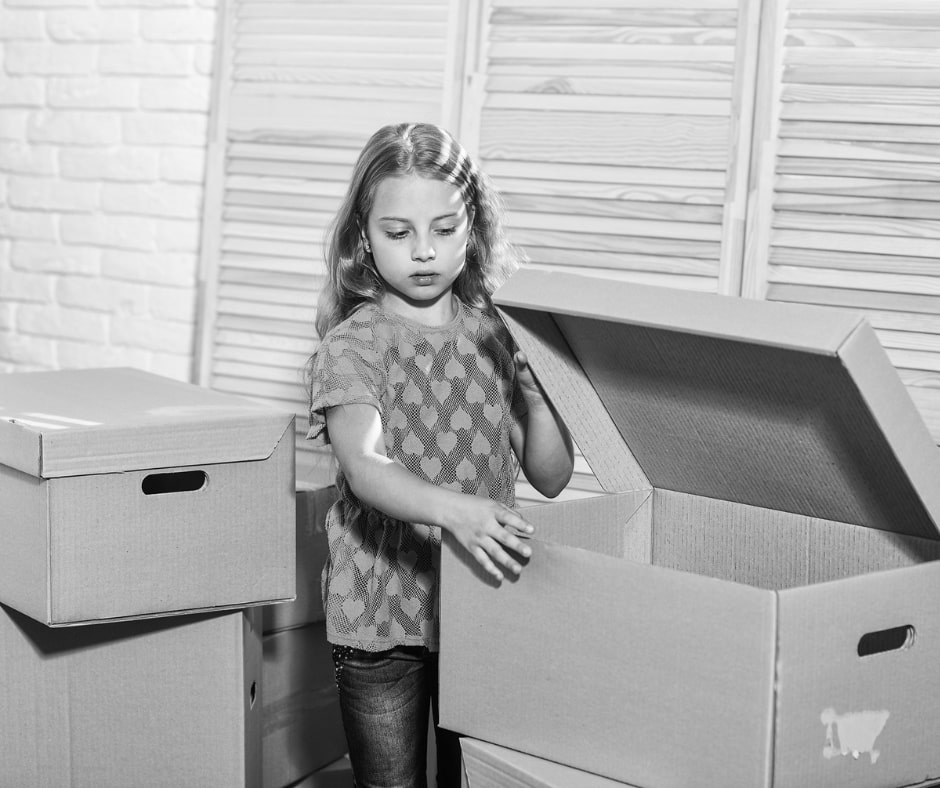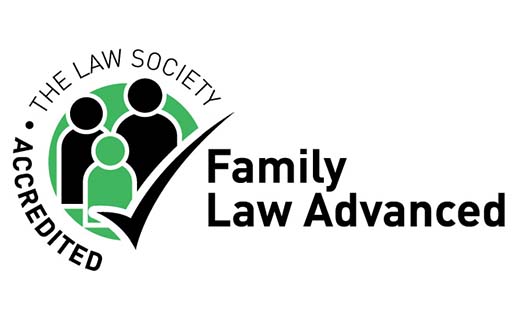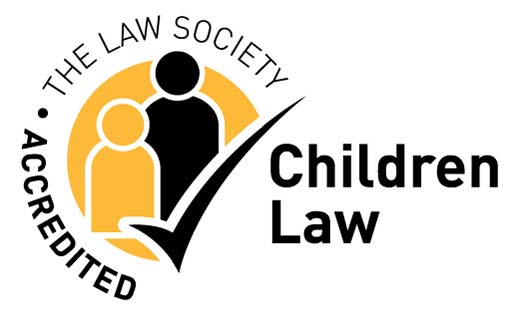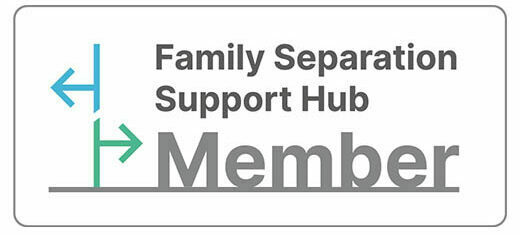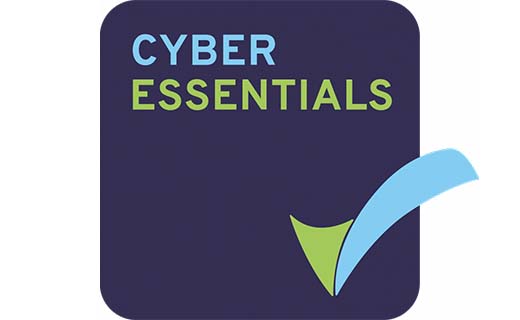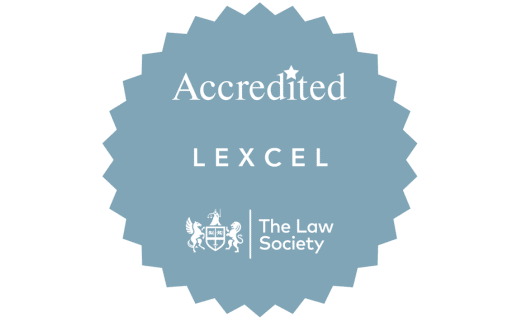One of the best ways to protect yourself from an abusive partner is to get out of the relationship and into a safer, healthier environment where possible. Sadly, however, ending a relationship doesn’t always mean that there will be an end to the abuse. In some cases, it can simply change the type of abuse that a victim will experience.
What is Post-Separation Abuse?
Post-separation abuse occurs when an abuser continues to intentionally cause pain and suffering for a victim, even though their relationship has come to an end. Approximately 4% of UK adults are abused by a partner or ex-partner, according to the Office for National Statistics, and it’s estimated that three women every two weeks are fatally attacked by someone they have had an intimate relationship with.
Common Forms of Post-Separation Abuse
While abuse in a relationship can take many different forms, including physical violence, post-separation abuse is typically emotional. With distance between the former partners, abusers are more likely to try to cause harm through emotional rather than physical means, manipulating, undermining, and shaming their victim.
Common types of emotional abuse in post-separation situations include:
Coercive control: Threats, intimidation, humiliation, shaming, criticism
- Isolation: Making victims feel as though they have no one to turn to
- Harassment: Bombarding victims with letters, or stalking victims
If there are children involved, post-separation abuse can also take the form of:
- Counter-parenting: Undermining your parenting or going over your head
- Alienation allegations: Making victims believe they are in the wrong
- Abusive parenting: Causing stress and worry due to behaviour towards child
However, post-separation abuse can turn physical, with Women’s Aid reporting that men are statistically more likely to resort to physical violence than women. If you feel unsafe, it is important to seek help immediately to protect yourself and your family.
Understanding the Signs of Post-Separation Abuse
One of the biggest worries when it comes to post-separation abuse is that many victims struggle to understand when they are being exposed to it. That’s because this type of abuse tends to come in waves, known as the ‘cycle of abuse’.
As the abuser and victim are no longer living together or interacting as a couple, post-separation emotional abuse often comes and goes in an opportunistic pattern:
- Tension building: The abuser becomes angry over the end of the relationship
- Abuse: The abuser lashes out at the victim, trying to regain control
- Reconciliation: The abuser attempts to smooth things over with the victim
- Calm: The abuser’s behaviour begins to ease, before the cycle starts over
During the reconciliation and calm segments of the cycle, victims are often manipulated into believing that the abuser has changed and may begin to question whether they were overreacting to the earlier tension and abuse. This can make it challenging to realise when post-separation abuse is taking place.
However, there are some signs to look out for, such as:
- Outbursts of anger or rage
- Jealousy
- Blame shifting
- Dismissal of your thoughts and feelings
- Controlling behaviour
- Invasion of privacy
- Lack of respect for your personal boundaries
What Can Happen to Victims?
Post-separation abuse usually follows an extended period of abuse within a relationship. The long term abuse that a victim experiences can result in lifelong psychological consequences, including anxiety, depression, low self-esteem, and symptoms of post-traumatic stress disorder (PTSD). Victims may believe that they are to blame or lose trust in others. This can make it more difficult for victims to form and maintain healthy relationships in the future, both with friends and new partners.
Ways to Protect Yourself
If you are leaving an abusive relationship and trying to move on with your life, try to limit contact and communication with your ex-partner as much as you are able. If there are children involved, or if you need to sort out the practicalities of the separation such as joint finances, it isn’t always possible to avoid contact completely. However, you can ensure you only communicate as necessary.
Other ways to protect yourself include:
- Avoiding being alone with your ex-partner as much as possible
- Build a support system of friends and family that you can trust
- Understand that you are not to blame for other people’s actions
- Plan for the worst: design a ‘code word’ to send a friend it you’re in danger
- Know your legal rights as an abuse survivor
If you need help, advice, guidance, or legal support, we’re here to help. Get in touch with our family law team and experienced domestic abuse solicitors.


